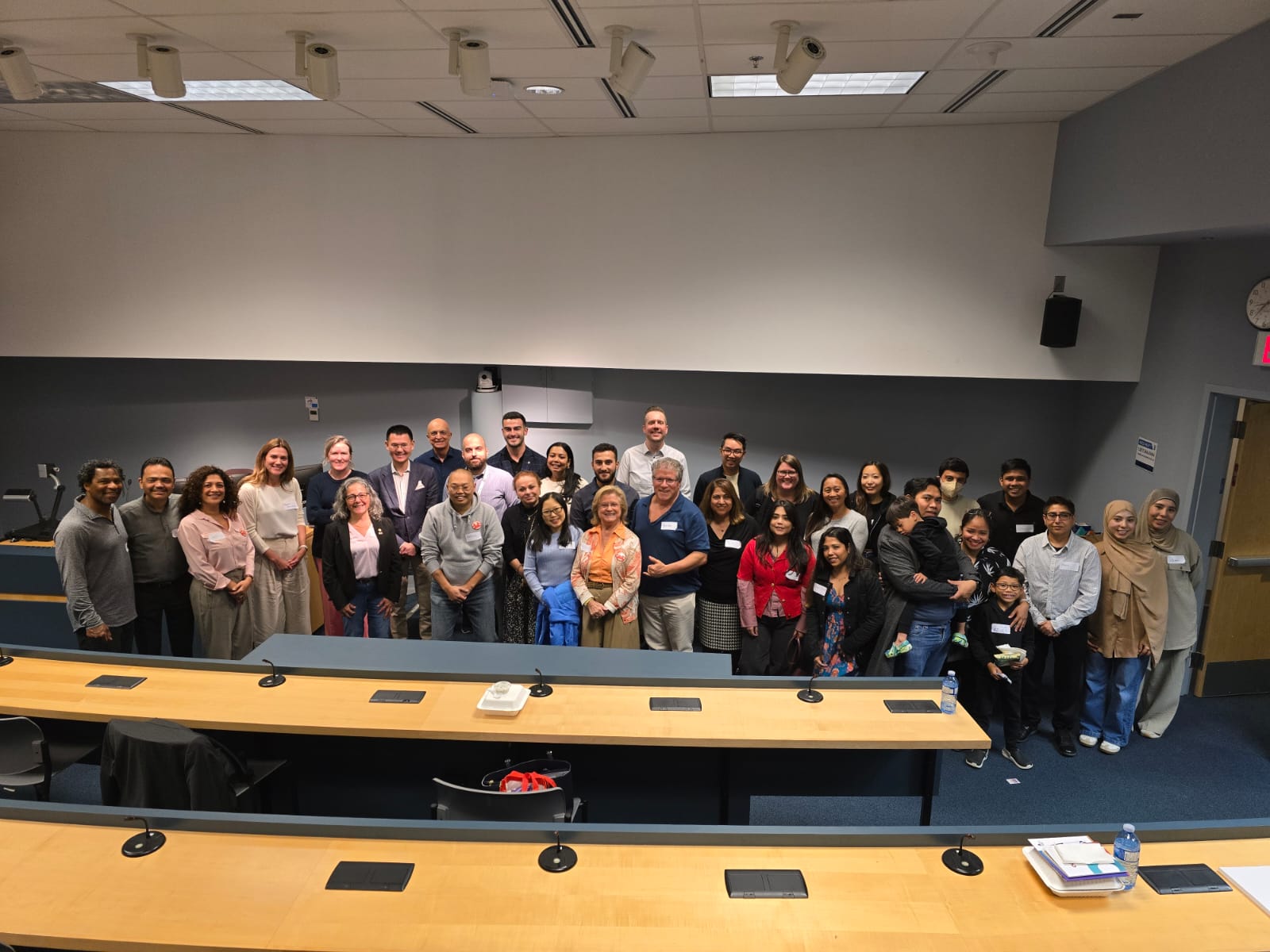Introduction
Thalassemia is more than just a genetic disorder; it’s a family and community concern that requires awareness, understanding, and compassion. From early detection to comprehensive family support, knowing the right steps can help individuals and families manage the challenges that come with Thalassemia. This blog sheds light on prevention, early diagnosis, and the importance of a supportive network.
Understanding the Genetic Nature of Thalassemia
Thalassemia is an inherited blood disorder caused by mutations in the genes that make hemoglobin, the oxygen-carrying protein in red blood cells. When both parents carry a Thalassemia trait, there’s a 25% chance with each pregnancy that the child will inherit a severe form of Thalassemia. Types include:
- Thalassemia Minor (Trait): Carriers often don’t experience symptoms but can pass the gene to their children.
- Thalassemia Major: This severe form requires regular blood transfusions and is often detected within the first two years of life.
Why Early Detection Matters
Early diagnosis, ideally at birth, allows families to take preventive and supportive actions early. Blood tests can detect abnormal hemoglobin levels, and genetic screening can confirm a Thalassemia diagnosis. Early diagnosis means better planning for medical care, reducing the risks associated with late treatment, and helping the family adapt more readily to the lifestyle changes ahead.
Prevention and Genetic Counseling
For families with a history of Thalassemia, genetic counseling is invaluable. Couples considering having children can undergo screening to understand the risks and discuss family planning options. Genetic counselors provide insights into inheritance patterns and possible interventions, empowering parents to make informed choices.
Living with Thalassemia as a Family
Managing Thalassemia is a family effort. Here’s how families can create a supportive environment:
- Educate Family Members: Understanding the condition and treatment options helps everyone feel more prepared.
- Balanced Nutrition: Creating a healthy, iron-conscious meal plan is vital, especially for individuals on transfusion therapies.
- Daily Routines and Self-Care: Maintaining a schedule of treatments, exercise, and mental well-being practices can alleviate stress for both the patient and family.
The Role of Community and Organizations
Support networks play a pivotal role in reducing the emotional and logistical burdens of Thalassemia. The Vancouver Thalassemia Society offers resources, support groups, and community events that bring families together. Sharing experiences and advice can make a world of difference for those newly diagnosed or navigating complex treatment options.
Ongoing Research and Hope for the Future
While Thalassemia is a lifelong condition, medical research offers promising developments. Advances in gene therapy and new drugs are opening the door to less invasive treatment options. Staying informed about emerging treatments can provide hope and open up new possibilities for patients and families.
Conclusion
Thalassemia awareness is about more than understanding the condition; it’s about empowering families with the knowledge, support, and tools they need to navigate life with Thalassemia. Together with organizations like the Vancouver Thalassemia Society, families can find strength, hope, and a supportive community to help make this journey easier and more manageable.




